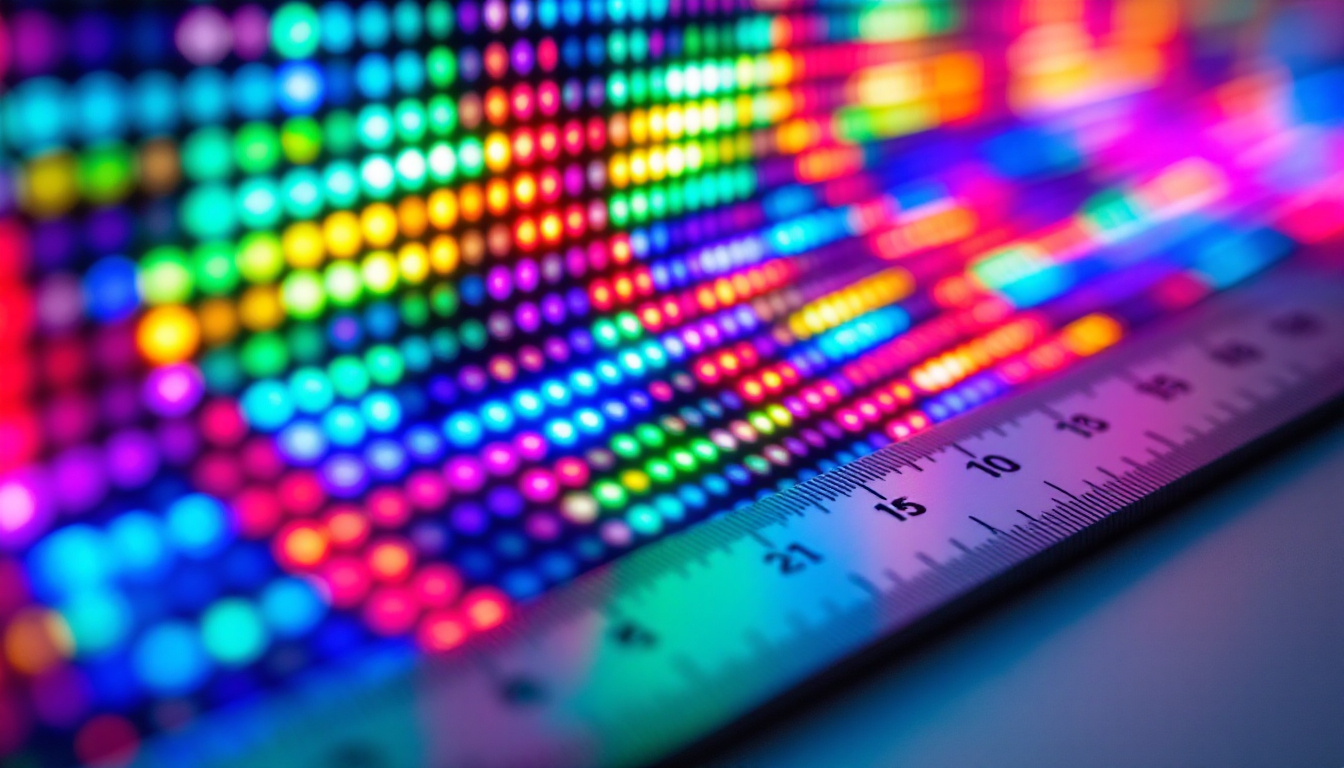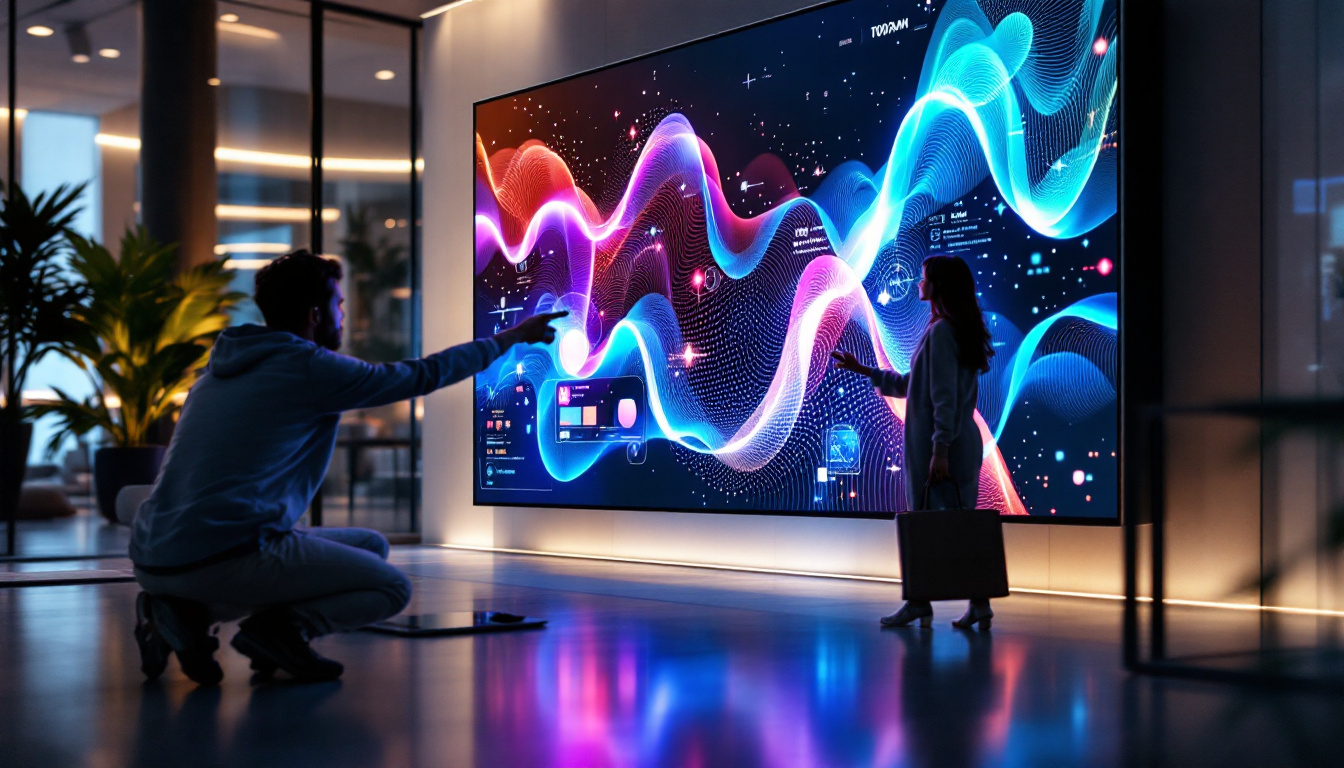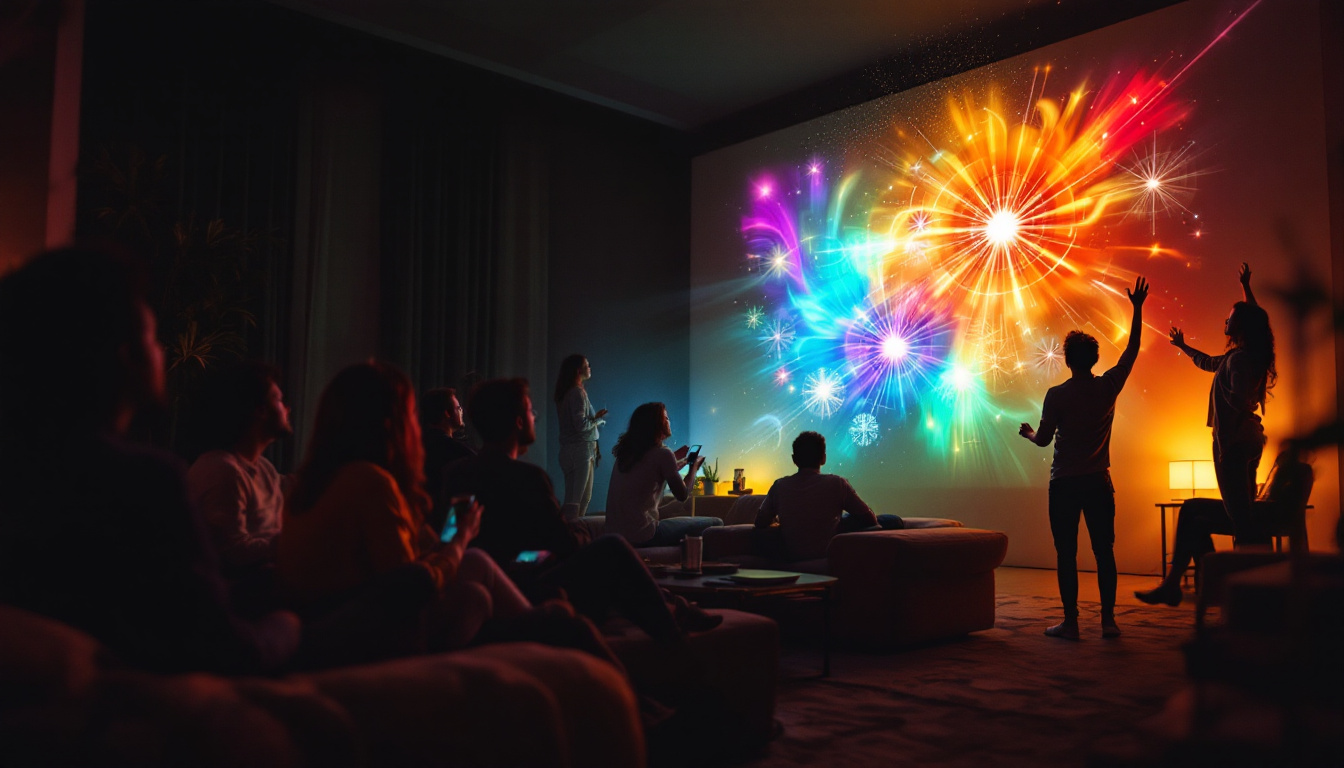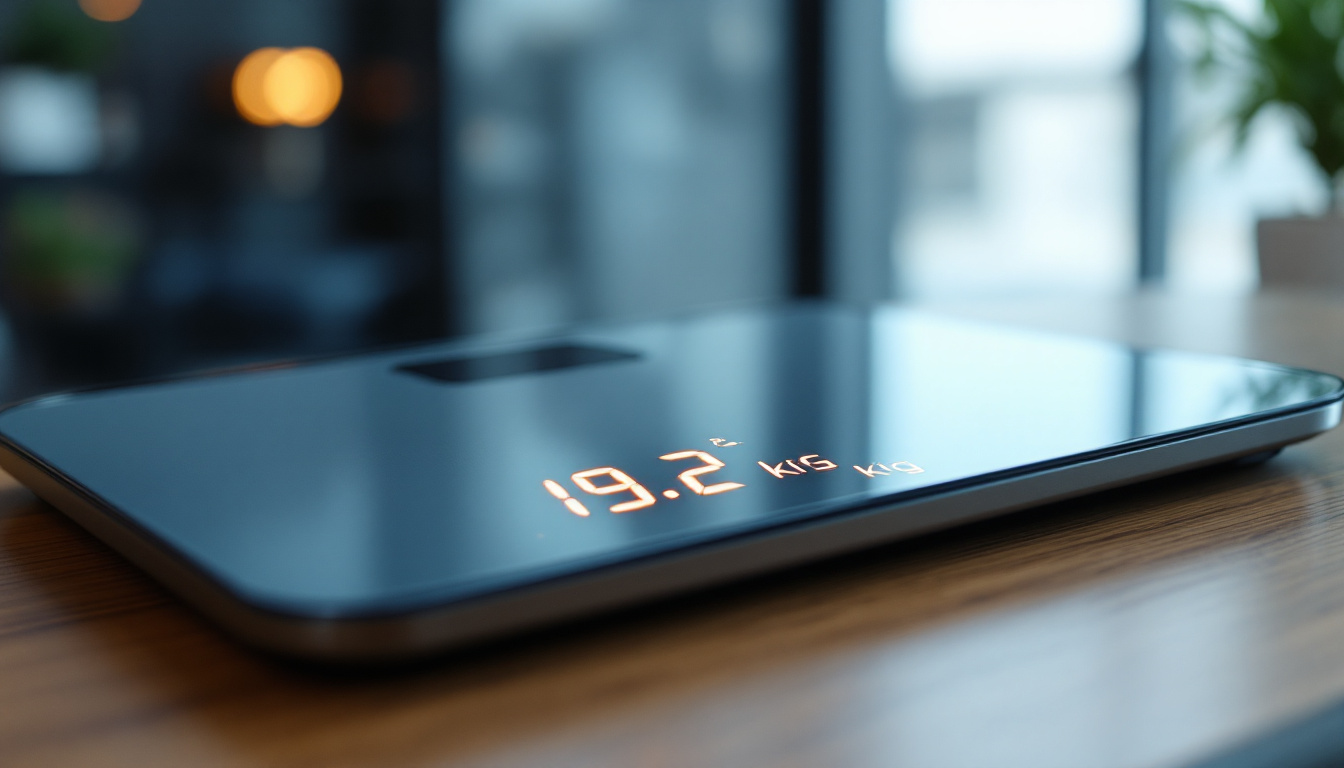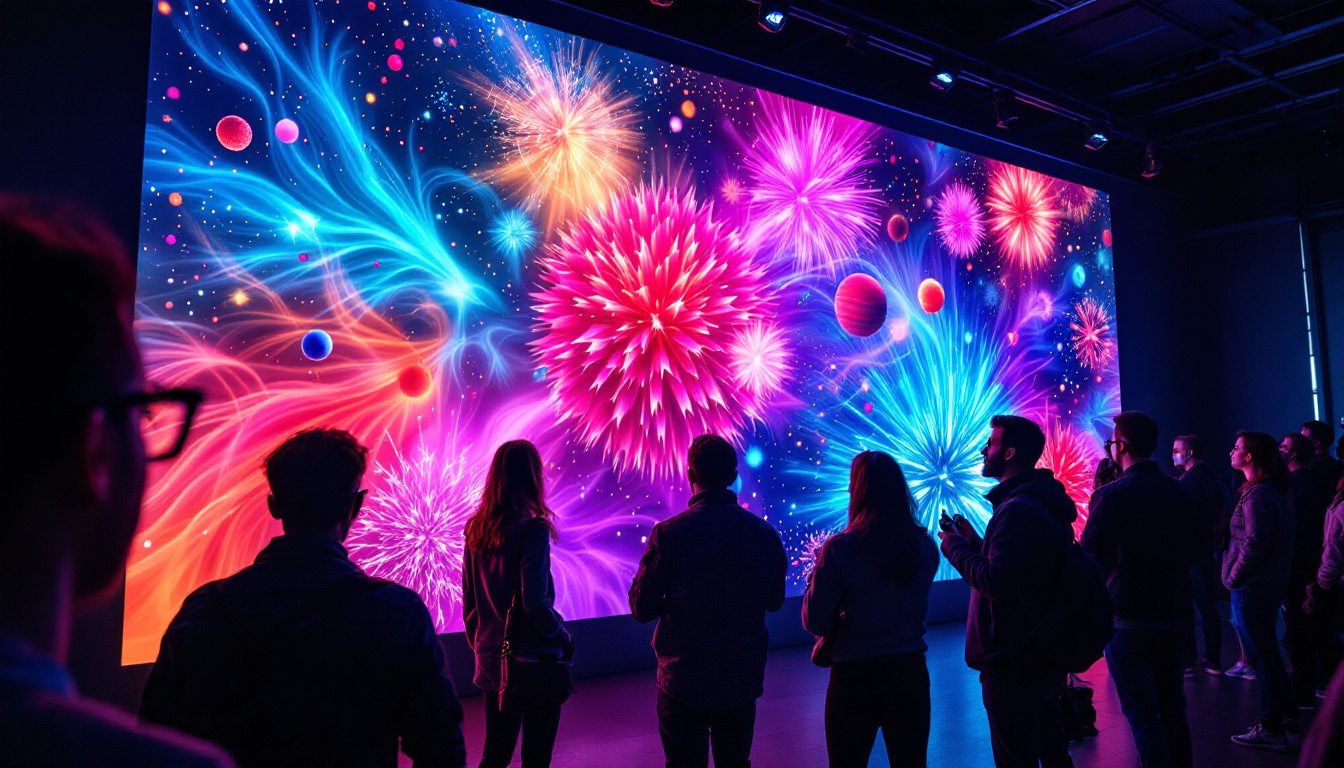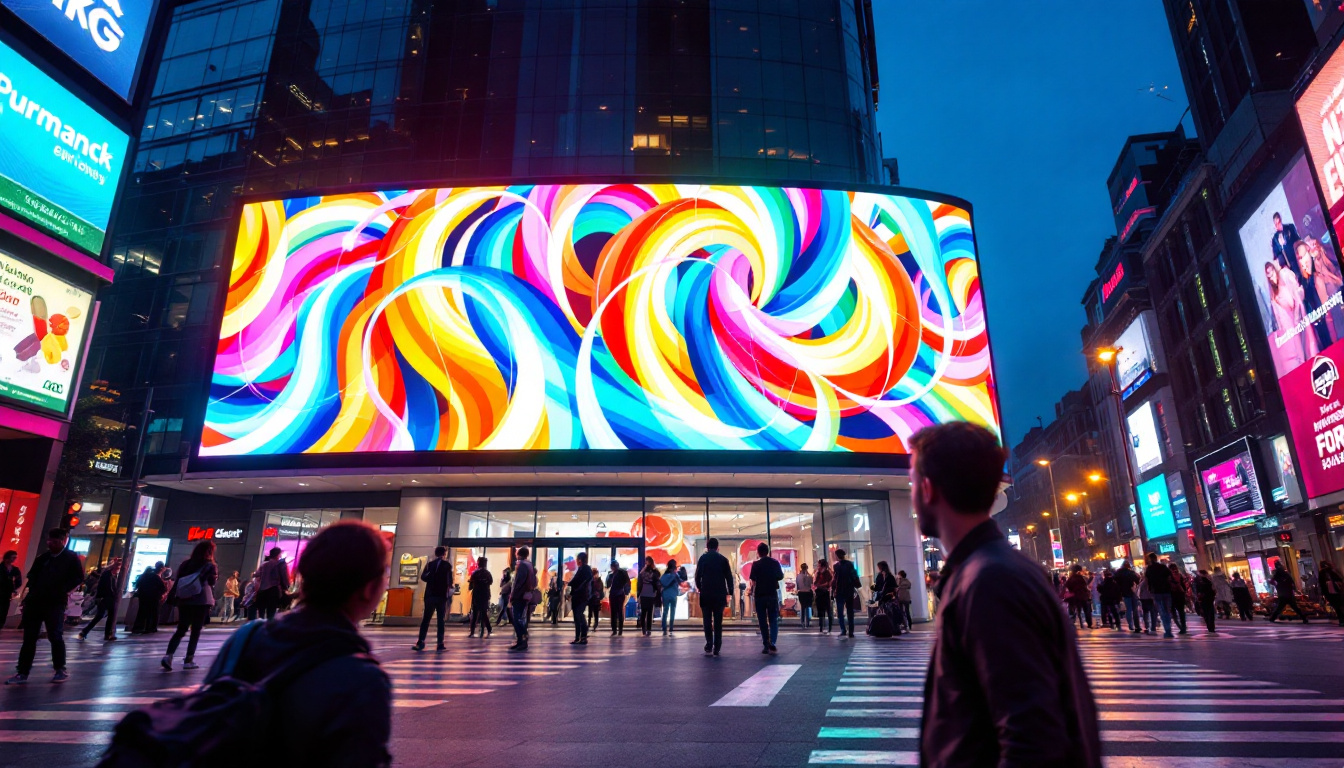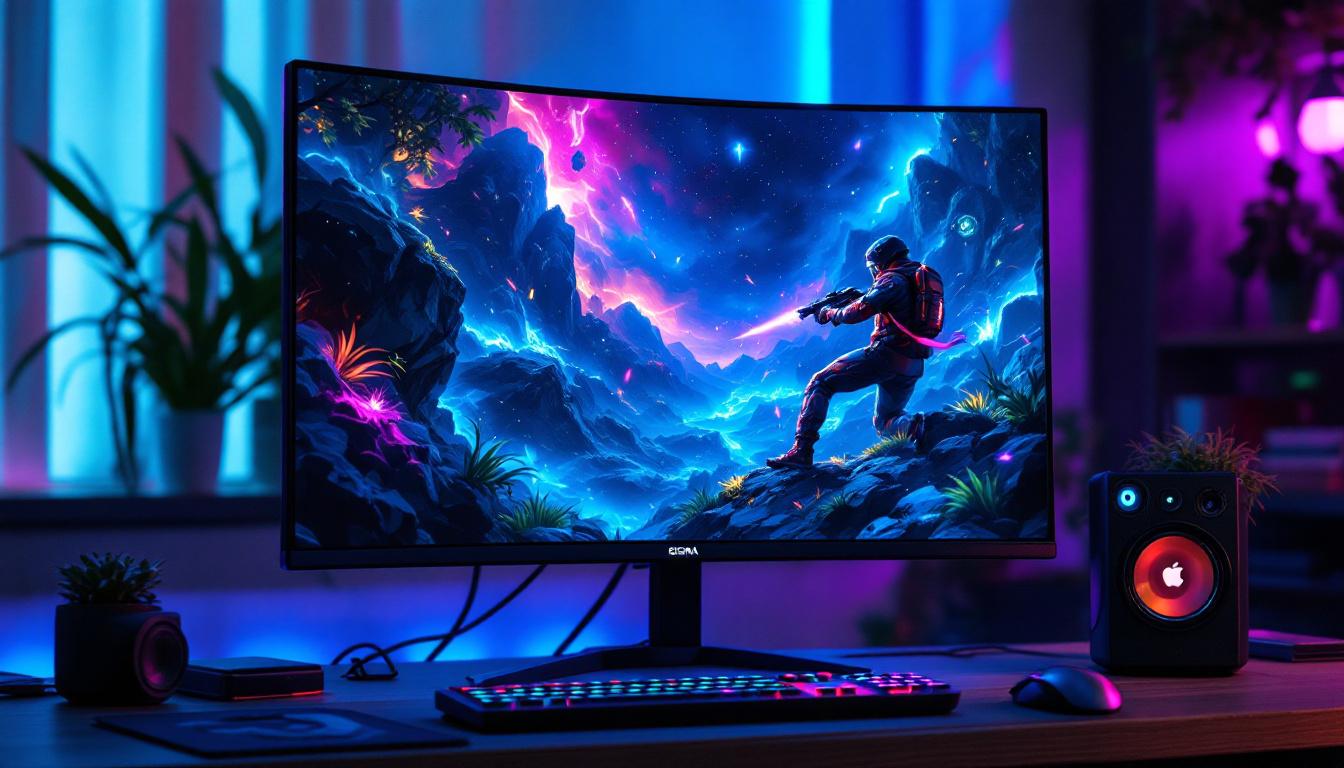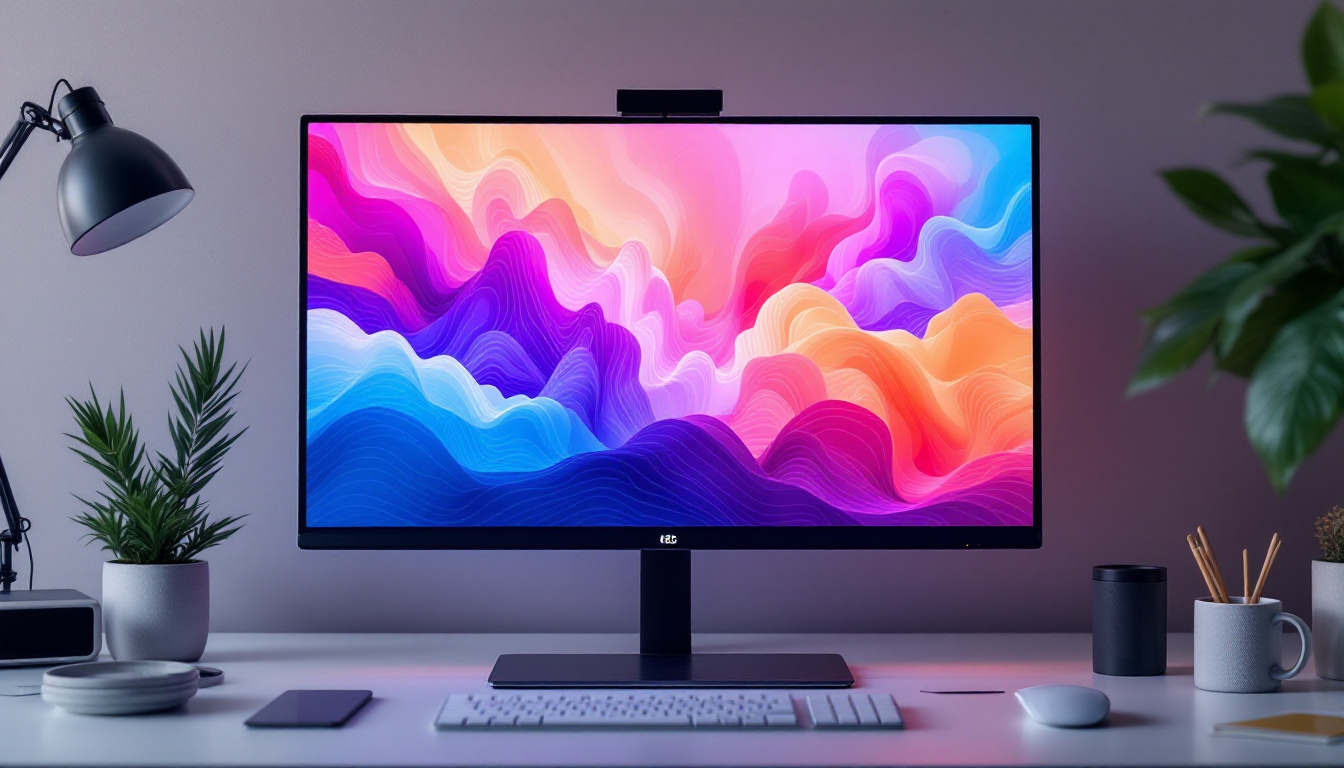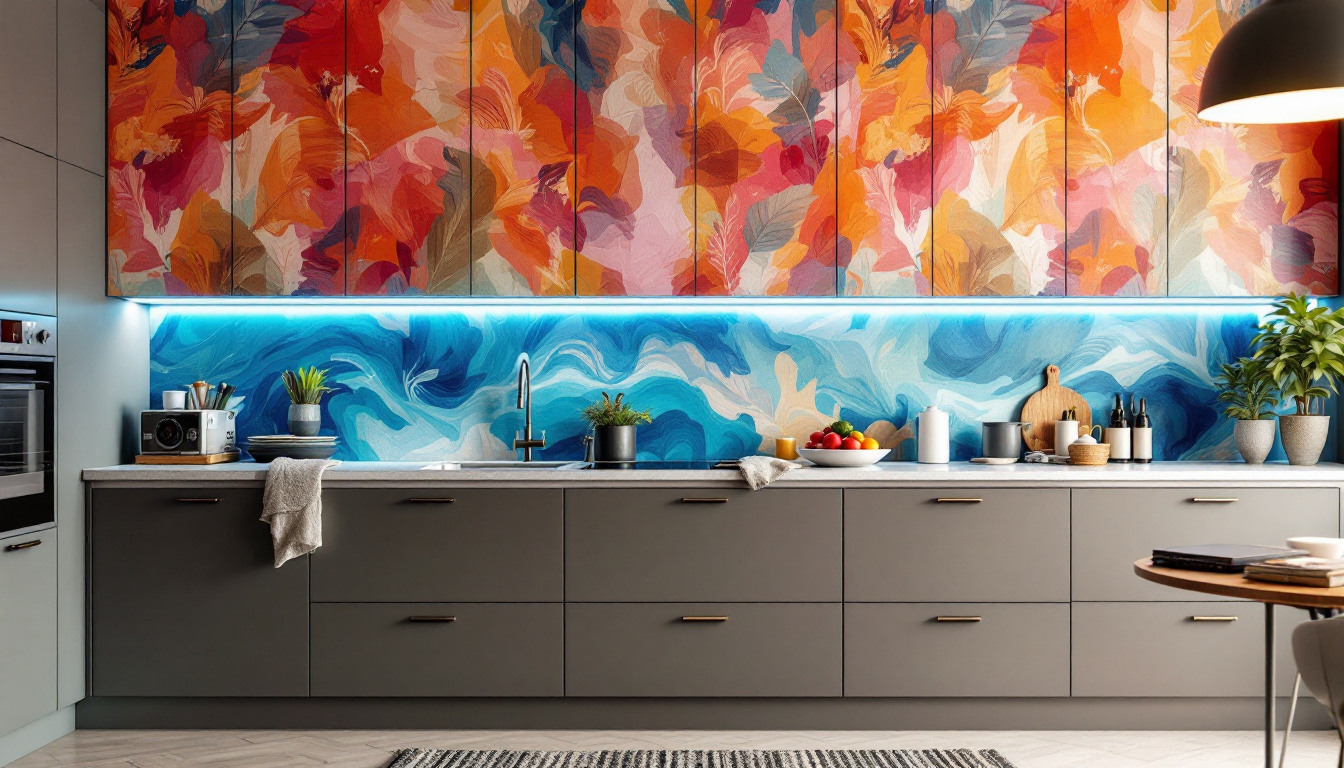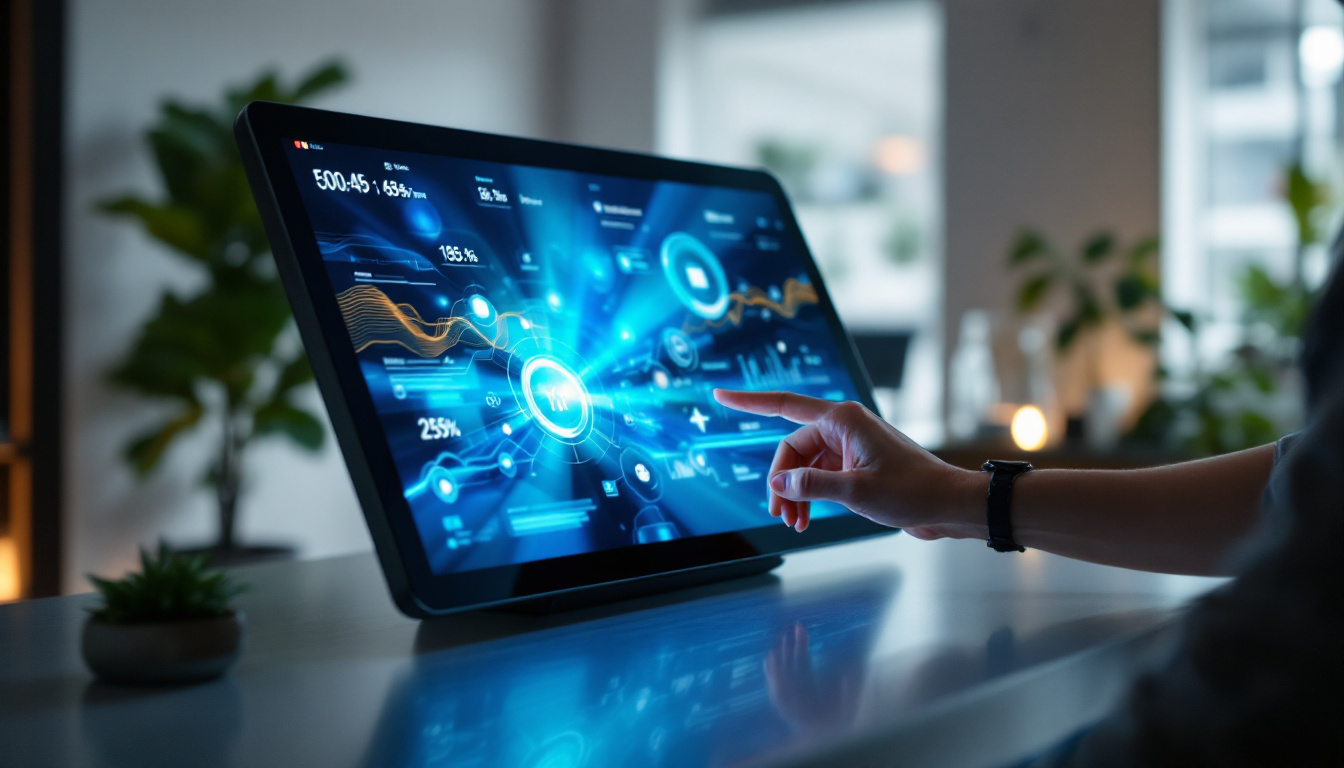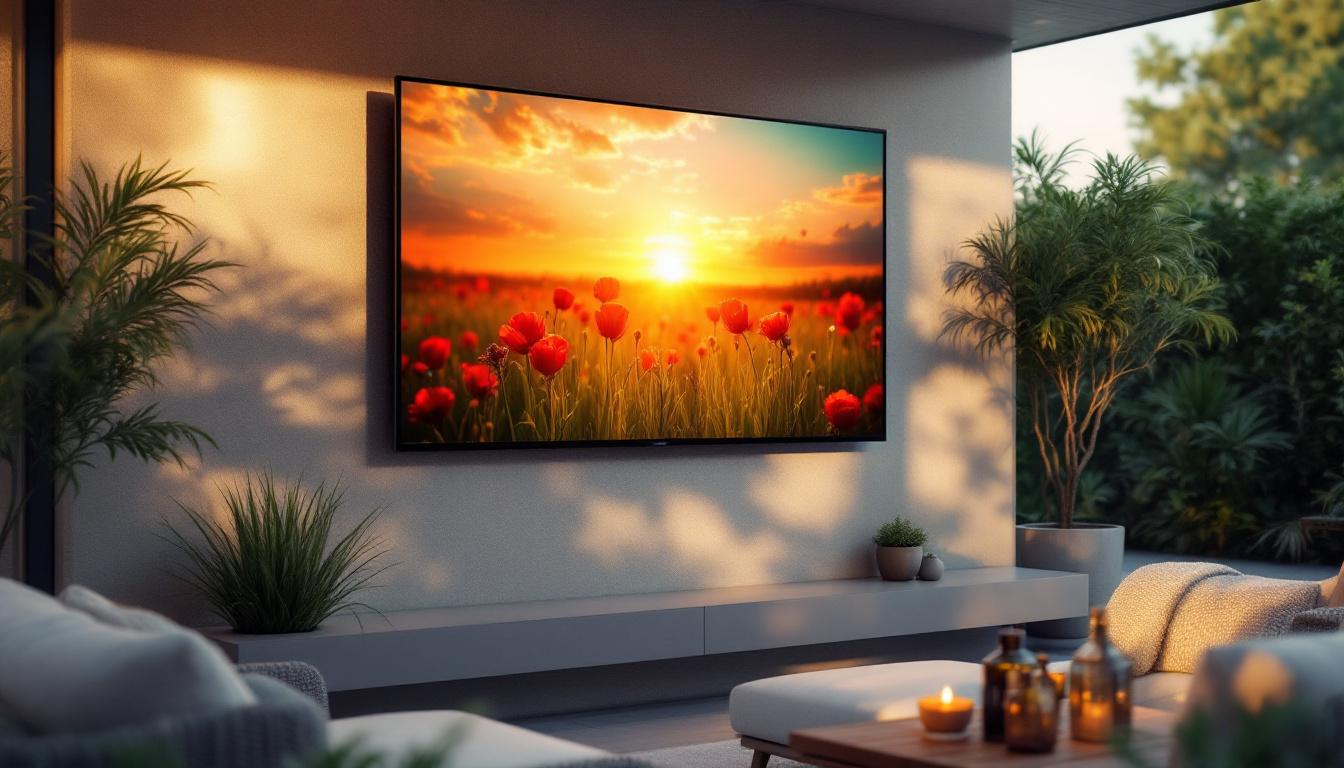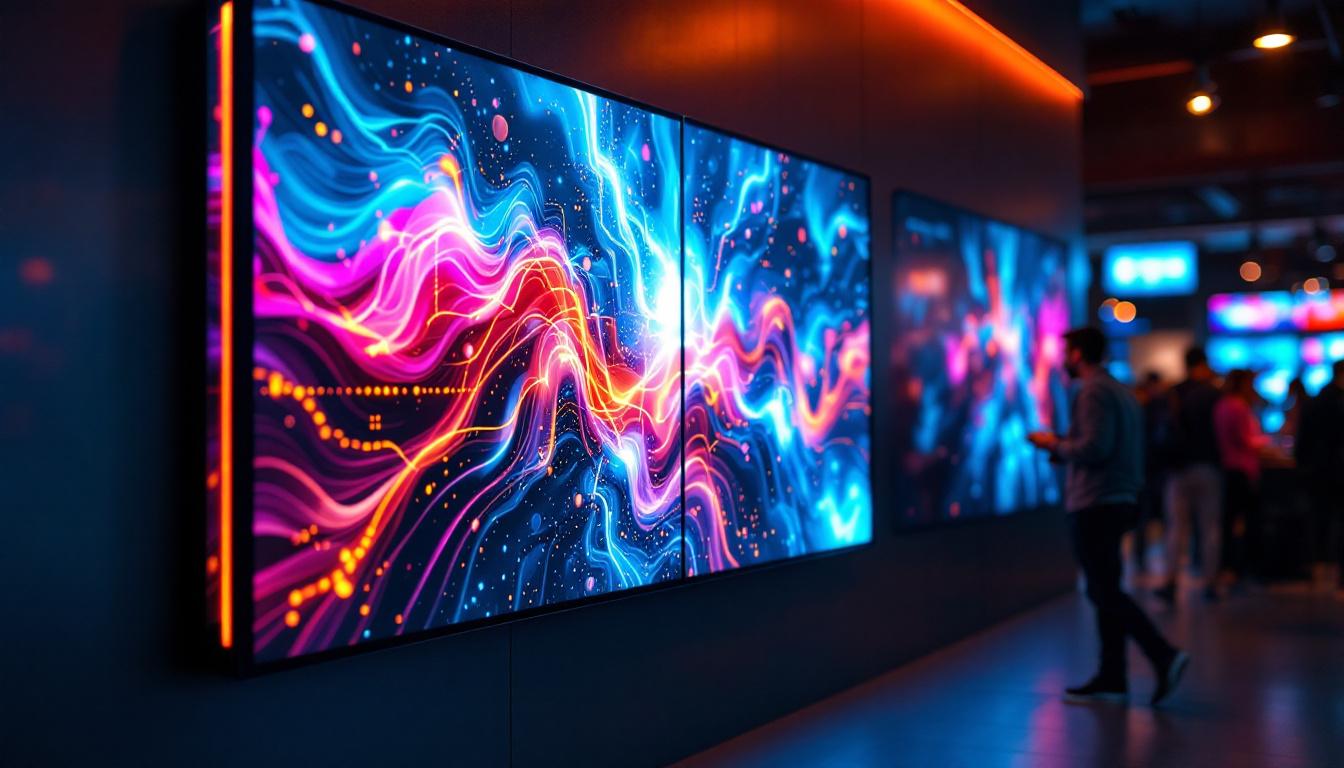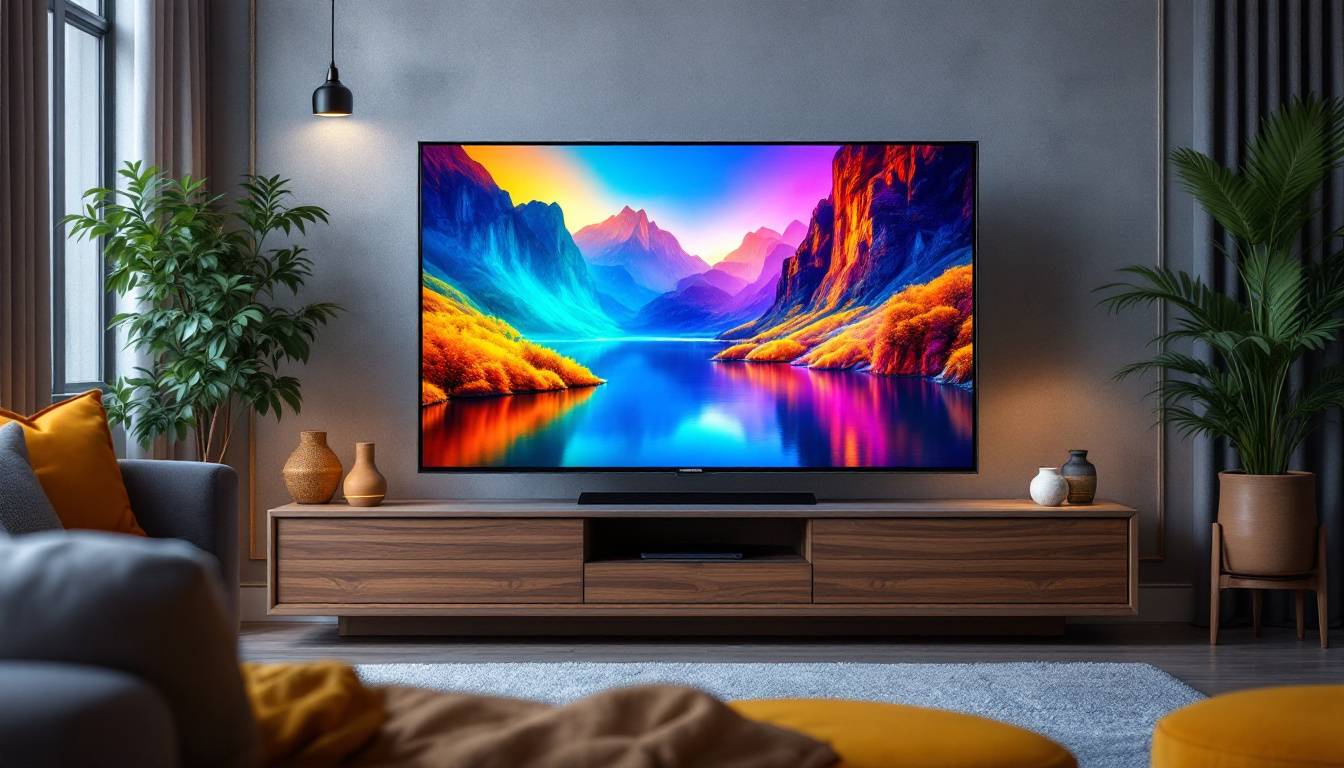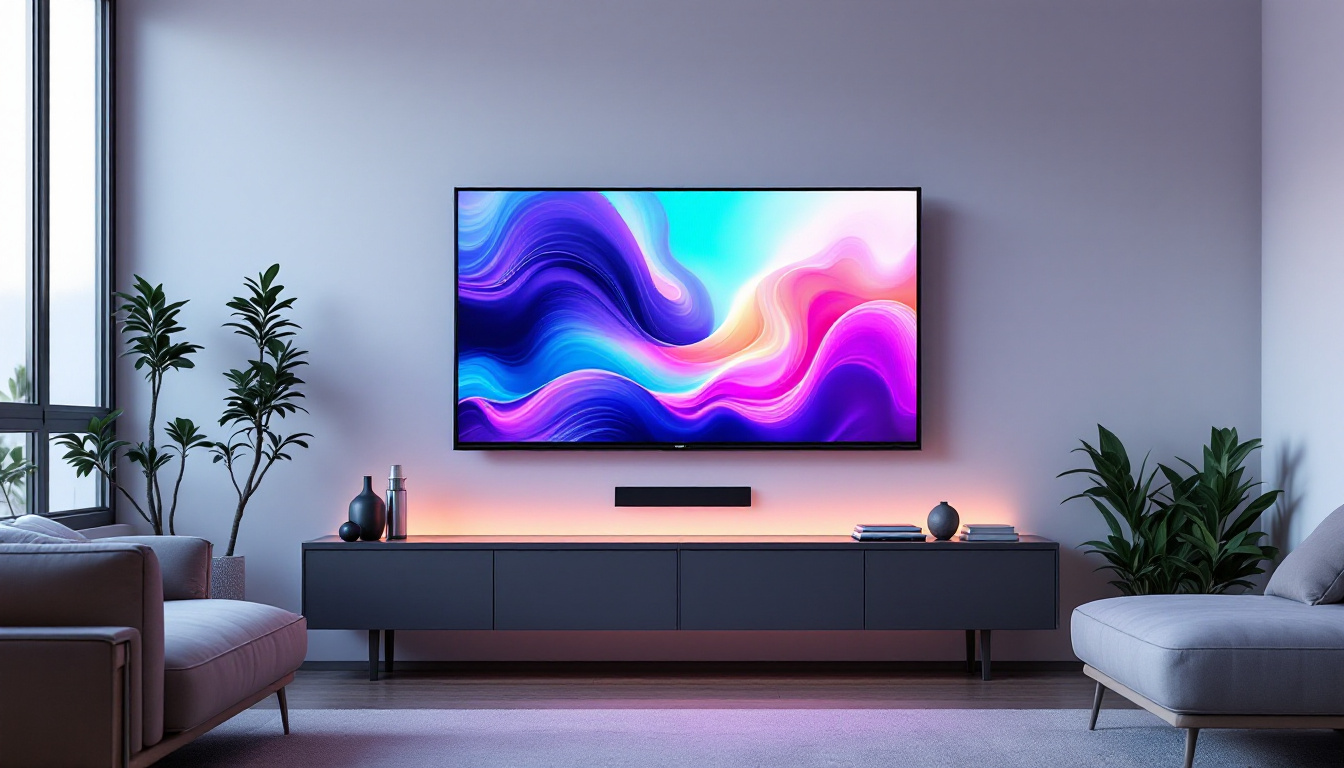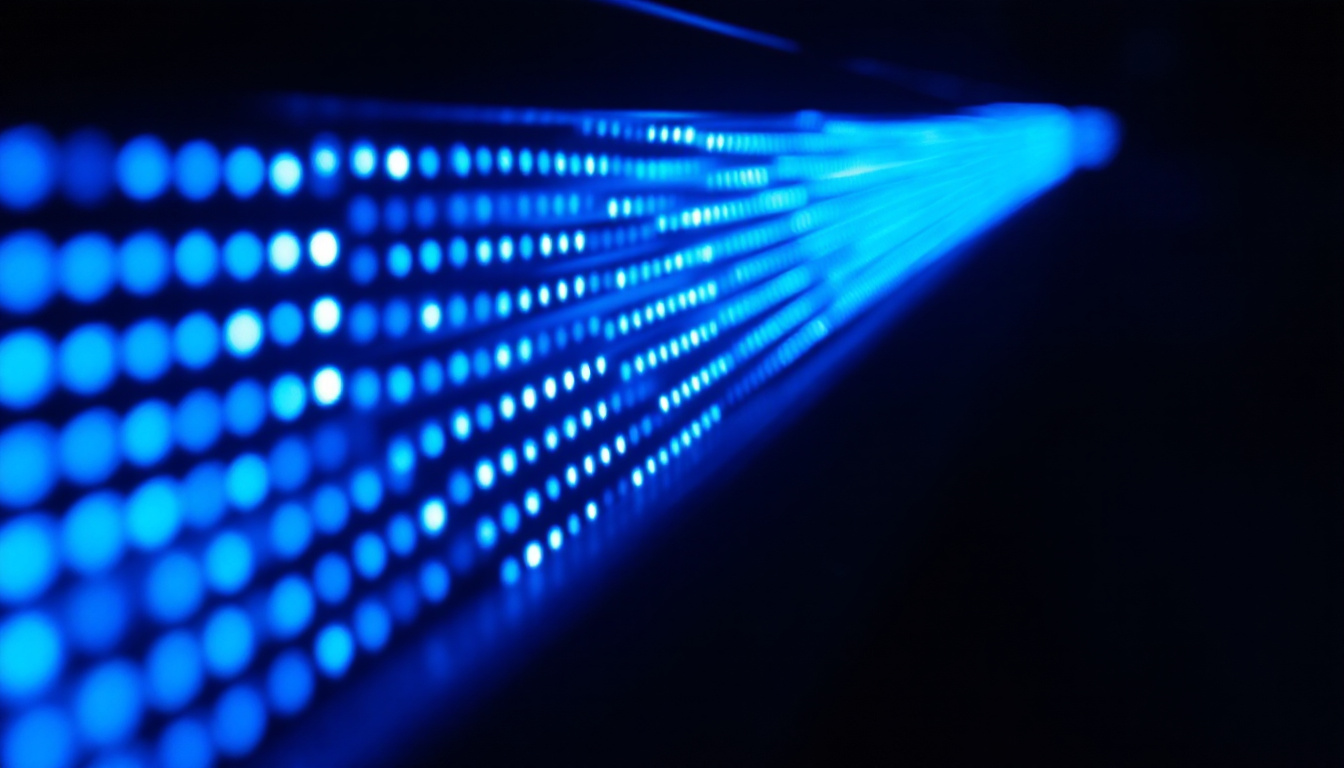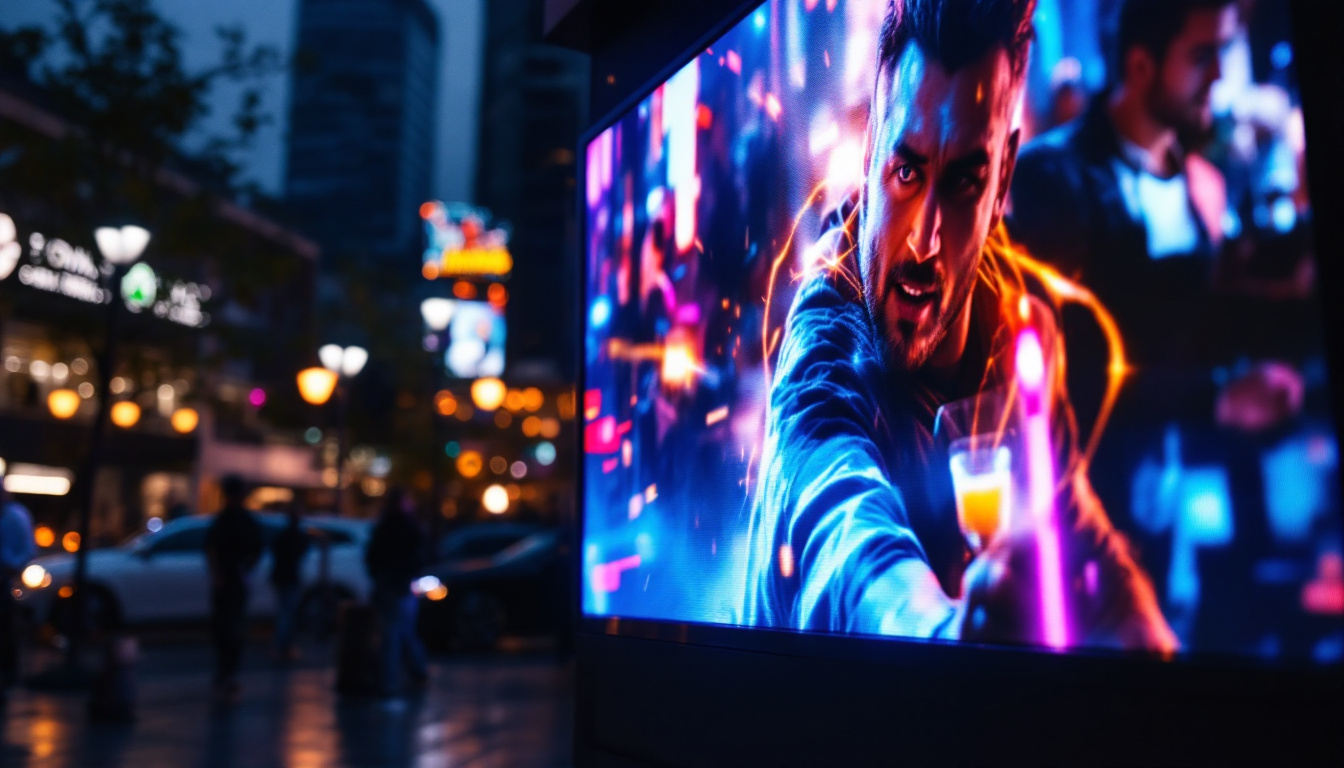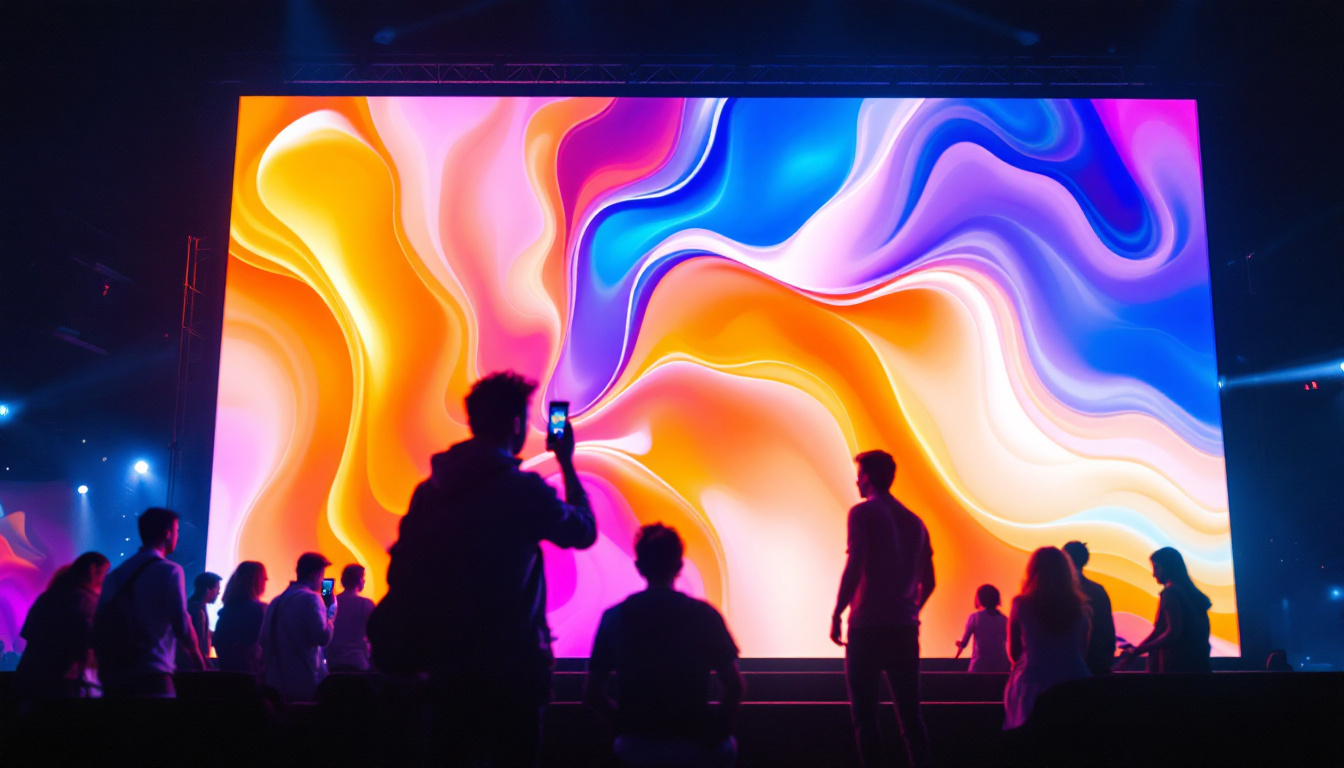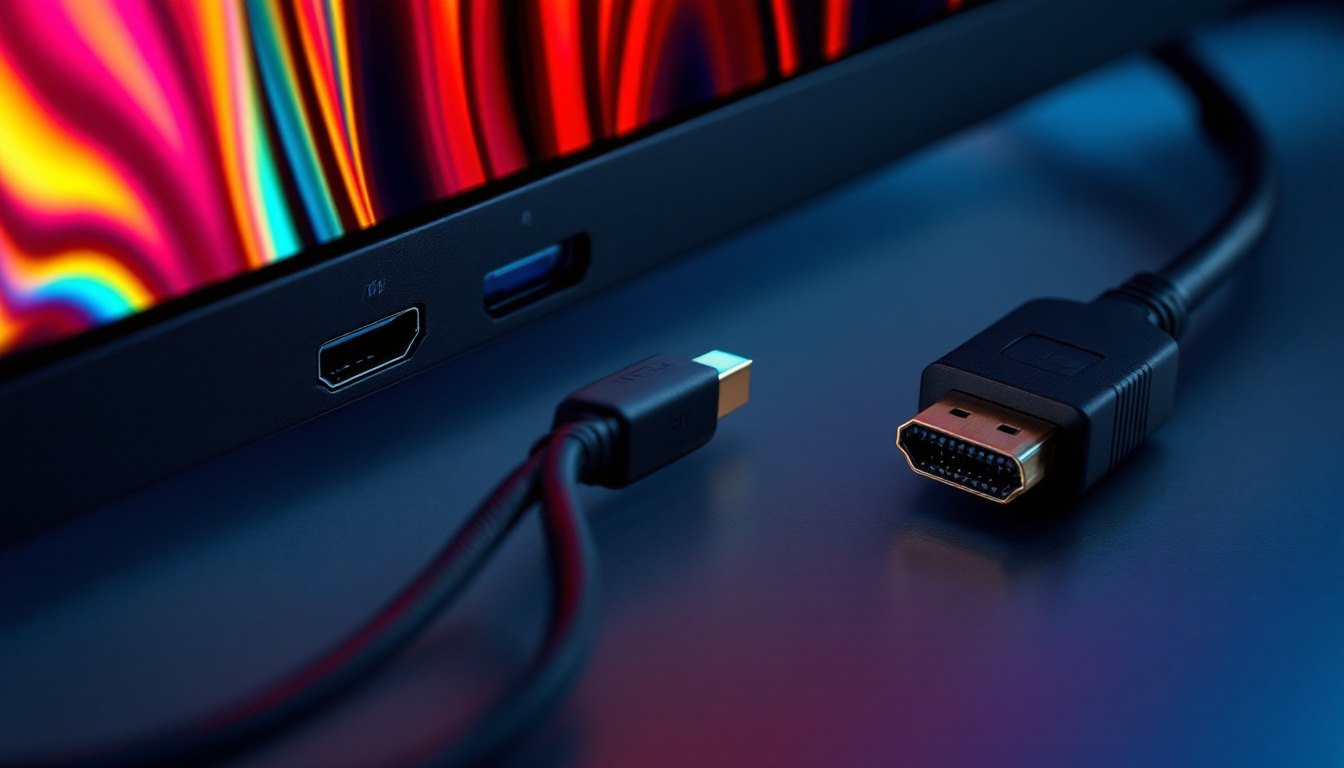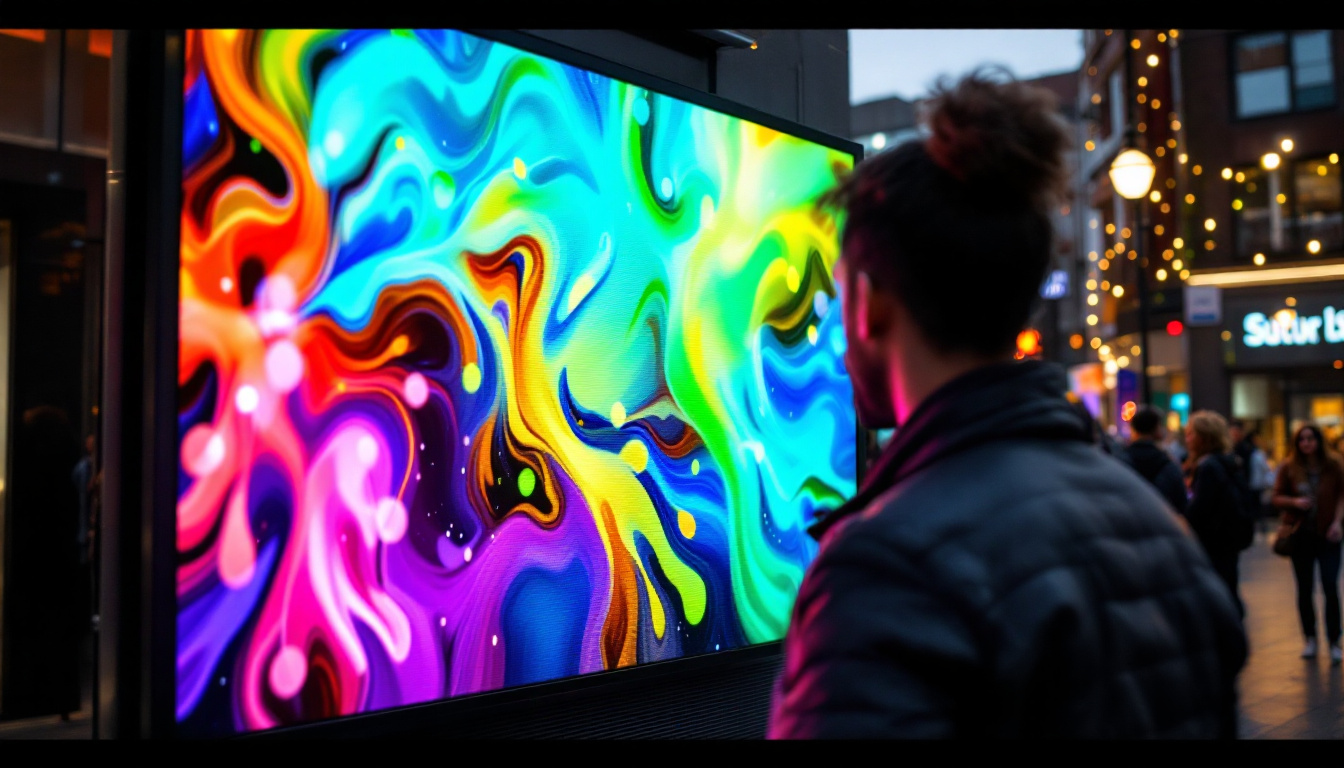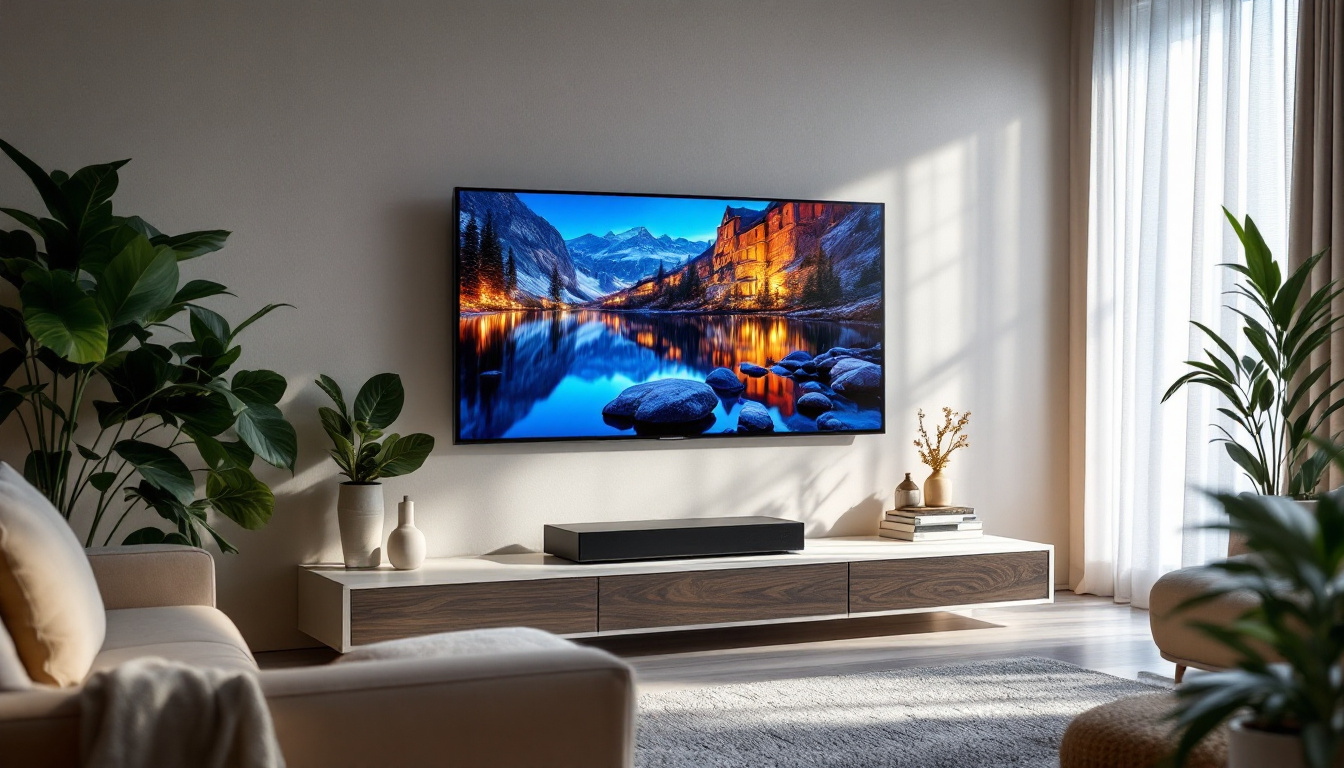In today’s digital world, understanding how measurements translate across different formats is crucial, especially in the realm of LED displays. The conversion from millimeters (mm) to pixels (px) is a fundamental aspect that impacts clarity, resolution, and overall display quality. This article aims to provide a comprehensive understanding of how these measurements interact and their significance in LED display technology.
Understanding LED Displays
LED (Light Emitting Diode) displays have revolutionized the way visuals are presented, offering vibrant colors and high brightness levels. These displays are widely used in various applications, from televisions and computer monitors to large-scale advertising billboards. To fully appreciate the technology behind LED displays, it’s essential to grasp the basics of how they work.
What is an LED Display?
An LED display is made up of numerous tiny light-emitting diodes that work together to create images and videos. Each diode serves as a pixel, and the combination of these pixels forms the complete visual output. The quality of an LED display is often determined by its pixel density, which refers to the number of pixels per unit area. Higher pixel density results in sharper images and finer details. Additionally, LED displays are known for their energy efficiency compared to traditional display technologies, making them a more sustainable choice for both consumers and businesses. This efficiency not only reduces electricity costs but also contributes to a lower carbon footprint.
Types of LED Displays
There are several types of LED displays, including direct-view LED, LED-backlit LCD, and organic LED (OLED). Each type has its unique characteristics and applications. For instance, direct-view LED displays are commonly used for large outdoor screens, while OLED displays are favored for their superior color accuracy and contrast in smaller devices. Furthermore, the advancements in technology have led to the development of MicroLED displays, which promise even greater brightness and contrast ratios, along with the ability to create flexible and transparent screens. This innovation opens up exciting possibilities for future applications, such as curved displays and augmented reality interfaces, enhancing user experiences in ways previously thought impossible.
The Importance of Measurement Units
When discussing LED displays, two critical measurement units come into play: millimeters (mm) and pixels (px). Understanding these units and how they relate to each other is essential for designers, engineers, and anyone involved in the production or installation of LED displays.
Millimeters (mm)
Millimeters are a metric unit of length that is commonly used to measure physical dimensions. In the context of LED displays, mm is often used to describe the size of the display itself or the distance between pixels, known as pixel pitch. For example, a display with a pixel pitch of 2mm means that the center-to-center distance between adjacent pixels is 2mm. This measurement is crucial because it directly impacts the viewing experience; a smaller pixel pitch typically results in a higher resolution, allowing for more detail to be visible from closer distances. Consequently, venues such as concert halls or sports arenas often opt for displays with smaller pixel pitches to ensure that every seat in the audience can enjoy a clear and vibrant image.
Pixels (px)
Pixels are the smallest unit of a digital image and represent a single point in a graphic. In LED displays, the number of pixels determines the resolution and clarity of the images produced. The higher the pixel count, the more detailed the image will appear. For instance, a display with a resolution of 1920×1080 pixels can produce a clearer image than one with a resolution of 1280×720 pixels. Additionally, the arrangement of pixels in an LED display can vary; some displays utilize RGB (red, green, blue) pixel configurations to enhance color accuracy and vibrancy. This configuration allows for a broader spectrum of colors to be displayed, which is particularly important in applications such as advertising or digital art, where visual impact is paramount. Furthermore, the interplay between pixel density and viewing distance is a critical consideration for designers, as it influences how the display will be perceived in various environments, from retail spaces to outdoor billboards.
Converting Mm to Px
Converting measurements from millimeters to pixels is not a straightforward process, as it depends on various factors, including the display’s resolution and pixel density. This section will explore the conversion process and provide insights into how to make these calculations accurately.
Understanding Pixel Density
Pixel density is typically measured in pixels per inch (PPI) or pixels per millimeter (PPM). To convert mm to px, it’s essential to know the pixel density of the display. For example, if a display has a pixel density of 100 PPI, this means there are 100 pixels in every inch. Since there are 25.4 mm in an inch, the pixel density in pixels per millimeter would be approximately 3.937.
Different devices have varying pixel densities, which can significantly affect the conversion. For instance, a high-resolution smartphone may have a pixel density of 300 PPI, while a standard computer monitor might have around 96 PPI. This variance is crucial for designers and developers to consider, especially when creating graphics or layouts that need to look consistent across multiple devices. Understanding how these differences impact visual elements can help ensure that designs maintain their intended appearance, regardless of the screen on which they are displayed.
The Conversion Formula
The conversion from mm to pixels can be calculated using the following formula:
Pixels = Millimeters × Pixel DensityUsing the previous example, if you want to convert 10mm to pixels on a display with a pixel density of 100 PPI, the calculation would be:
Pixels = 10mm × 3.937 = 39.37 pixelsThis means that 10mm on this display corresponds to approximately 39 pixels. It’s important to note that when working with fractional pixels, most design software will round to the nearest whole pixel, which can slightly alter the visual output. This rounding can be particularly relevant in web design, where precise alignment and spacing can impact user experience and aesthetics. Therefore, being aware of how pixel rounding works in your specific design tools can help you achieve the best results.
Applications of Mm to Px Conversion
Understanding the conversion from mm to px is vital in various applications, particularly in design, manufacturing, and installation of LED displays. This section highlights some of the key areas where this knowledge is applied.
Graphic Design and Content Creation
Graphic designers often work with digital content that needs to be displayed on LED screens. Knowing how to convert mm to px allows designers to create visuals that fit perfectly within the dimensions of the display. This ensures that images are neither stretched nor compressed, maintaining their intended quality and appearance.
Display Manufacturing
Manufacturers of LED displays must consider the mm to px conversion when designing screens. The pixel pitch, which is measured in mm, directly influences the resolution and clarity of the display. By understanding how these measurements correlate, manufacturers can optimize their products for various applications, whether for indoor or outdoor use.
Installation and Calibration
During the installation of LED displays, technicians must ensure that the content aligns correctly with the physical dimensions of the screen. Accurate conversion from mm to px aids in calibrating the display settings, ensuring that the visual output matches the intended design specifications.
Challenges in Mm to Px Conversion
While converting mm to px is essential, it is not without its challenges. Several factors can complicate the process, leading to potential discrepancies in display quality.
Variability in Pixel Density
One of the main challenges in mm to px conversion is the variability in pixel density across different displays. Different manufacturers may produce displays with varying pixel densities, making it difficult to establish a one-size-fits-all conversion method. This variability necessitates careful consideration and adjustment for each specific display type.
Aspect Ratio Considerations
Aspect ratio, the ratio of width to height in a display, also plays a crucial role in conversion. A display with a different aspect ratio may require adjustments in the mm to px conversion to ensure that content is displayed correctly. Designers must take these ratios into account to avoid distortion or cropping of images.
Future Trends in LED Display Technology
The LED display industry is continuously evolving, with new technologies and trends emerging that impact how mm to px conversions are approached. Understanding these trends can provide valuable insights for professionals in the field.
Advancements in Pixel Density
As technology advances, pixel density in LED displays continues to increase. Higher pixel densities allow for more detailed and sharper images, which can change how mm to px conversions are calculated. Future displays may feature pixel pitches as small as 1mm or less, necessitating updated conversion methods and practices.
Integration of Smart Technology
Smart technology is increasingly being integrated into LED displays, allowing for dynamic content and real-time adjustments. This integration can affect how content is displayed and may require new approaches to mm to px conversion, particularly in adaptive displays that change resolution based on content type.
Conclusion
The conversion from mm to px is a fundamental aspect of working with LED displays, impacting everything from design to installation. Understanding the relationship between these two measurement units is crucial for anyone involved in the LED display industry. As technology continues to evolve, staying informed about advancements in pixel density and display capabilities will be essential for ensuring high-quality visual outputs.
By grasping the principles outlined in this article, professionals can navigate the complexities of LED display technology with greater confidence, leading to improved outcomes in their projects and applications.
Discover LumenMatrix’s Advanced LED Solutions
Ready to elevate your visual displays to the next level? Explore LumenMatrix’s innovative range of LED display solutions, designed to bring your content to life with unparalleled clarity and vibrancy. Whether you’re looking for an Indoor LED Wall Display, a dynamic Outdoor LED Wall Display, or specialized solutions like Vehicle LED Displays and LED Sports Displays, LumenMatrix has the technology to transform your space. Experience the future of visual communication with our Custom LED Displays, All-in-One LED Displays, and LED Transparent Displays. Check out LumenMatrix LED Display Solutions today and see how we can help you create a captivating visual experience that resonates with your audience.

